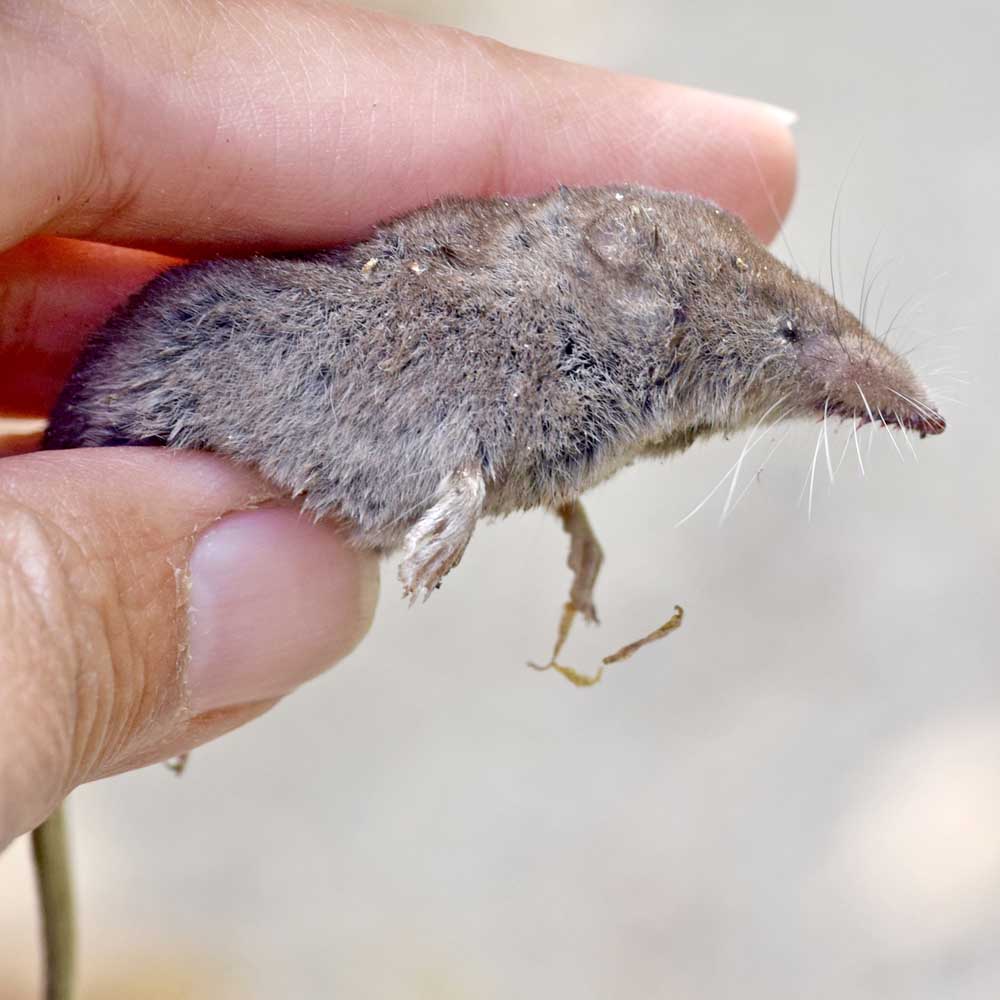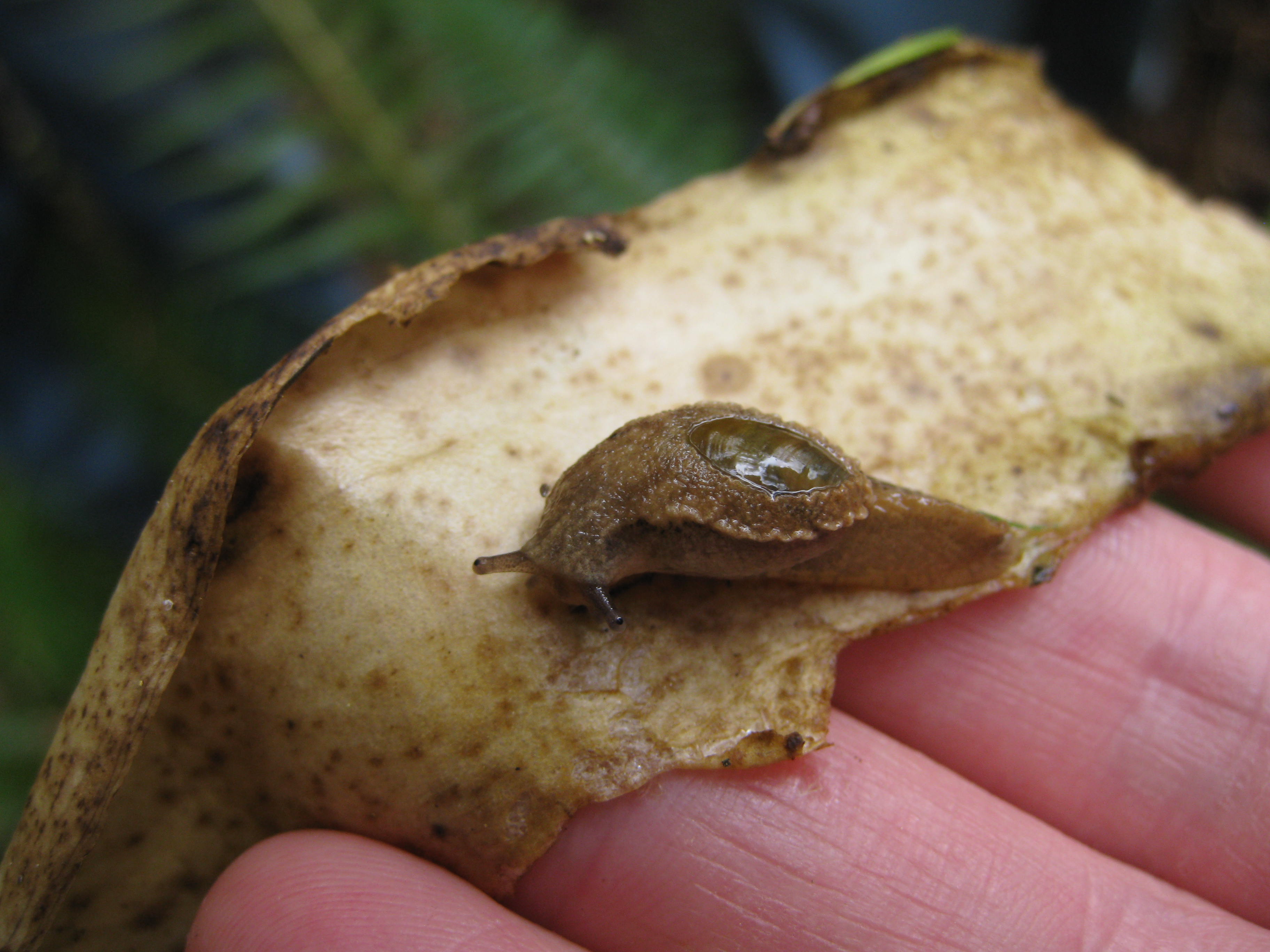Legacy Editor’s Notebook: The untamed shrew — tough little warriors deserve respect
Published 8:46 am Friday, January 21, 2022

- Trowbridge’s shrew is one of several shrew species we may encounter in Pacific County.
To be so nauseating that little else wants to eat you is the ultimate indignity in the natural world. On the spectrum of deliciousness, commonly encountered coastal corpses range from cottontail bunnies — nothing left but random tufts of hair by the next postmortem morning — to shrews, which are sometimes left untouched to drearily evaporate back into the soil and air.
Watching for Chinook arrowheads isn’t the only reason to carefully look where you step in these storm-lashed hills; another is avoiding treading on beetles and red-legged frogs and other living wonders. Late one afternoon last week above the Pacific, the horizontal light of the sinking sun illuminated an otherwise invisible canopy of translucent spider highways — seemingly molecule-slender tightropes laced no more than four inches above the mud by mite-sized hatchlings. A gossamer village of glimmer and life, it vanished from everything but memory after a deluge.
Another reason to be alert is not stepping on the dead. There was the possum this fall, which I still observe in the form of her one remaining white scapula or shoulder blade sinking into the trail, a last memorial of a bloody fight with a coyote, raccoon or cat. I happened upon the scene the next day with an audible “Whoa!” and swift change of course to steer shaggy Duncan around the body. It was easy to picture veritable life-rafts full of fleas surrounding the cooling carcass like drowning survivors around the Titanic, frantically hoping for something to pick them up.
Though I suppose every night is an Omaha Beach bloodbath for a host of cute woodland creatures, only shrews are sometimes murdered but left untouched — unclean lepers in an otherwise hungry habitat.
Shrews are the most un-dearly departed of forest dead, with at least four currently lying bloated on my dog-walking paths. Though I suppose every night is an Omaha Beach bloodbath for a host of cute woodland creatures, only shrews are sometimes murdered but left untouched — unclean lepers in an otherwise hungry habitat. If you really, really want to know why, first find a recently deceased shrew, insert your hand into a plastic bag, pick it up and place near your nose. They reek like their reputation.
Shrews have gotten nothing but bad press since long before there were printing presses. Their very name has entered culture. You will quite rightly be labeled a misogynist if you call a woman a shrew — though on the other hand, few of any gender mind being called shrewd, a synonym for brilliant that also derives from this unloved creature.
Beyond their goat-like aroma, at one time I wondered if our local shrews weren’t eaten because they are a rare venom-filled mammal, like the platypus. But our western long-tailed shrews are of the genus Sorex, while more poisonous short-tailed shrews belong to a different genus, Blarina, and live in the eastern U.S. and Europe. There’s an upside to this venom: An active ingredient in shrew spit has been shown to inhibit some cancers.
A delightfully esoteric website, The Shrew(ist’s), used to have vivid accounts of shrew bites, such as this from 1889: “I walked to the house, only a few hundred yards away, but by this time, the pain which had been rapidly increasing, had become quite severe, and by the time I had placed the shrew in an improvised cage, I was suffering acutely. … The pain and the swelling reached its maximum development in about an hour, but I could not use my left hand without suffering great pain for three days, nor did the swelling abate much before that time.”
In English folklore, the merest touch of any shrew caused agony to men, cattle and horses. As an antidote, a living shrew was sealed inside a hole drilled in an ash tree, branches from which were then used by a human “shrew mother” or healer to counteract the creature’s evil after-effects. Poor shrew…
In western Washington and Oregon, shrews aren’t a danger to us, but very much to one another. Extremely territorial, depending on food availability, each defends 10,000 to 60,000 square feet with tiny tooth and claw, sometimes to the death. Except when in the mood for love, individuals of opposite genders regard one another as bitter rivals. They need a lot of foraging space since some eat up to three times their body weight per day in insects, worms, small rodents, seeds and anything else they can swallow. They aren’t rodents themselves, being more closely related to moles.
Several different species are found here, including the Pacific water shrew, dusky shrew, Trowbridge’s shrew, vagrant shrew and — at least in Pacific County — possibly the Olympic shrew. Trowbridge’s shrew is especially identified with the vicinity of Astoria and are a popular prey item for local owls.
The 1968 book and 1971 movie “Red Sky at Morning” comes to mind when I think of close encounters with deceased creatures. Every ranch child has an ingrained aversion to horse corpses, which are the odor equivalent of a doomsday bomb. Worth your time for many reasons, “Red Sky” includes a shockingly funny scene that I sense underlies my minor phobia about even the tiniest of decaying bodies.
Far from hating shrews, though, we should salute them as micro-weight warriors matching wits with endless enemies in a dangerous wilderness. Untamed and disregarded, they are still mighty in spirit.






